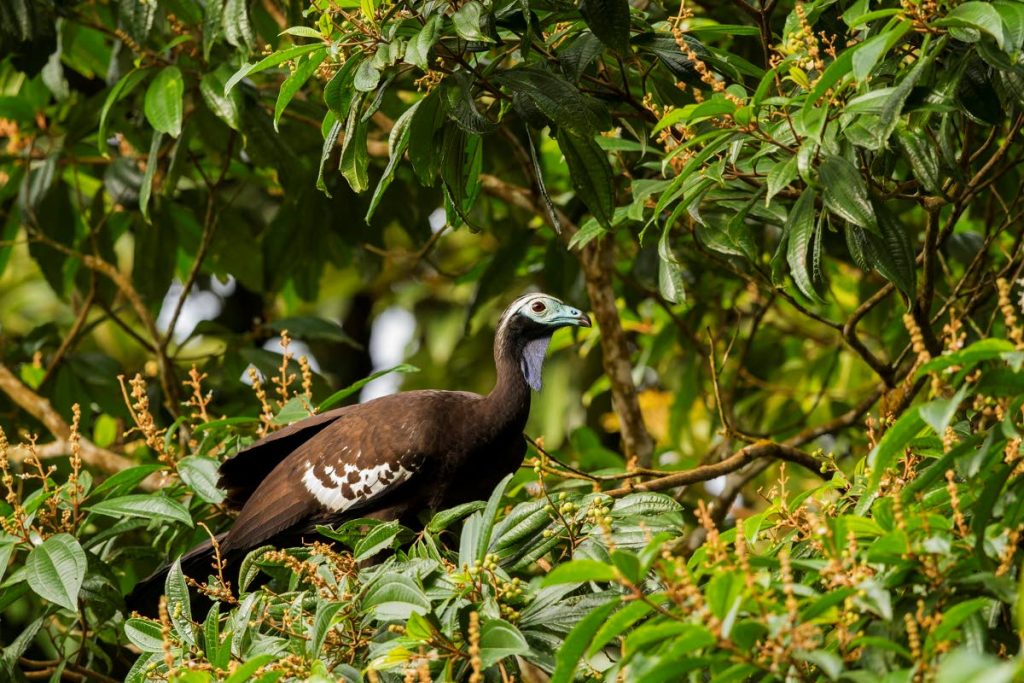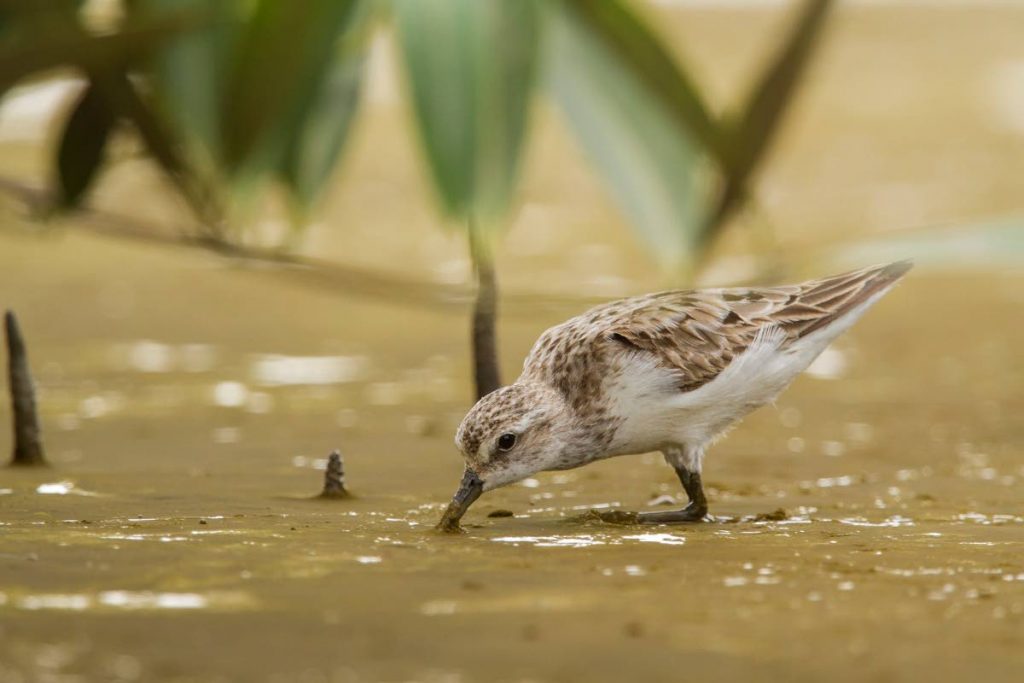Birds in danger

Not only birds, all nature is threatened by humans’ burgeoning population, our demand and consumption of more resources. Faraaz Abdool sounds the alarm: where the birds go, there goes our wellbeing.
It is an established fact that we are on the verge of a major ecological collapse. More than 16,000 species of plants and animals are currently listed as endangered, and a far greater number are still experiencing precipitous declines. We are losing species at a rate never previously experienced in human history – and there is little or no effort being made to change our ill-fated trajectory.
Right here in the Caribbean we are still in the process of discovering new species. The commonly seen horsewhip was described as its very own species only in late 2020 – now officially called Rutherford’s vine snake. Further north, a tiny bird flitting around in the pine forests of the Bahamas was recognised as a distinct species in a release by the American Ornithologists Union on July 1. This endearing little bird, the Bahama nuthatch, unfortunately had its fate sealed over the course of many years in the recent past. From pine logging to tourist developments, feral cats and most recently several devastating hurricanes – the Bahama nuthatch, an official species since July 2021, is likely already extinct.

Birds we may take for granted such as the ubiquitous orange-winged parrot are experiencing population collapse. Even the ever-present magnificent frigate birds are in decline. Birds we rely on for a solid footing as we navigate a new future in ecotourism are also under threat. The resplendent red-billed tropic birds which visit north east Tobago every year to breed are decreasing in number overall. While these three species are officially listed as “Least Concern,” care must be taken to avoid their becoming species of concern.
Several local species are recorded under the category of “Near Threatened,” including the charismatic white-tailed sabrewing of Tobago’s Main Ridge Forest Reserve. While much more commonly seen now – they were thought to have disappeared after Hurricane Flora in 1963. It would bode well for the population to properly establish itself as strongly as it can, should the island be forced to weather another hurricane. The responsibility may not be solely ours to provide everything possible for threatened migratory species like red knots, semipalmated sandpipers and cerulean warblers – but at least we can do our part by ensuring that they have the appropriate food and lodging available when they visit.
On Trinidad, the endemic Trinidad piping-guan is still listed as “Critically Endangered” – a short step away from complete extinction. There is reason for hope here: the Trinidad piping-guan’s population is increasing due to ardent efforts by local and international conservationists working tirelessly to save the species. Hopefully within the coming years, its status can be downgraded to something a little less dire.
Overall, however, it all seems rather hopeless. The word “extinction” is something we tend to associate with dinosaurs, an ancient concept more than anything tangible. But unknowingly, we might be contributing to the current rate of extinction. As one of almost eight billion human beings on the planet currently, every action has repercussions. Some would be direct, others indirect.
Almost all threats to imperilled species are anthropogenic in nature – most often some combination of habitat loss, hunting, or trapping. Therefore, the most straightforward way for each of us to directly help birds and other endangered wildlife would be to actively counteract these three. Avoid participating in the trade of exotic wildlife. An innocent request for a pet macaw is the fuel needed for a brutal trade originating in the jungles of South America, where traders exploit the indigenous tribes’ local knowledge and expertise to obtain large numbers of wildlife, which are then packaged inhumanely with other contraband items such as wild meat, guns, ammunition, drugs, and trafficked people. Instruments of the law are often toothless dogs at the end of their chains, as the various arms of the protective services are rife with complicit officers. The only way to comprehensively stamp this ugly practice out of existence is to eradicate the demand.

Another contentious topic is that of hunting. While many people claim it can be done sustainably, the numbers beg to differ. A 2007 study conducted in the Central Range Wildlife Sanctuary, in Trinidad concluded that the population density of the red-rumped agouti (Dasyprocta leporina) was “at least one-half to one quarter the density of other locations where D. leporina occurs.” The monitoring of a single species in the forest tends to be a reasonably good indicator of the general health of the forest. While only certain species may be targeted by hunters, the interconnectedness of life in the environment itself lends to the burden of lost members being felt by the entire community. As an example, during the hunting moratorium of 2013-2015, the numbers and diversity of birds recorded in the two annual Christmas Bird Counts (CBCs) for a particular site in Trinidad’s Northern Range experienced a strong upward surge. Once the hunting season was reopened in 2015, numbers of birds plummeted again, even though they were not typically directly hunted.
Furthermore, the deleterious effects of hunting are exacerbated on an island ecosystem. There simply is not enough space. The number of hunters has been increasing steadily with the increase in total population. At the same time, the various habitats available to wild animals have been decreasing steadily. Our roads create forest islands within already tiny islands, slicing contiguous habitat faster than the animals can adapt. This loss of habitat combined with the pressure of hunting is a lethal combination.
As individuals we can easily feel powerless; but it is necessary to remind ourselves that at the very least we can make the changes within our own lives as starting points. We can choose to avoid partaking in wild meat. We can choose to assist in the fight against habitat loss by avoiding unnecessary deforestation of mature forest. We can choose to nurture the seeds for and plant tomorrow’s trees. We can choose to stand up against the trade in exotic wildlife. There are many other actions which can be taken, and each of us must start somewhere.

Comments
"Birds in danger"